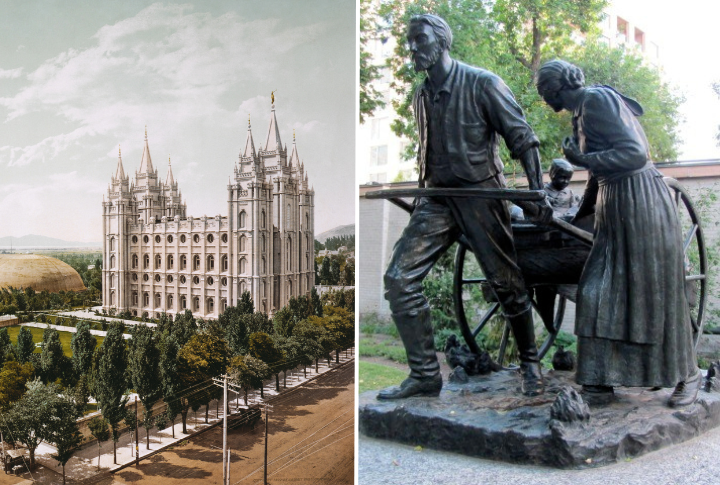
Utah’s journey from a desolate landscape to a flourishing state is packed with incredible stories, all driven by the bold influence of the Mormons. These 15 tales highlight the profound impact the Mormons had on Utah’s history, which shaped its communities, economy, and culture in ways still felt today. Here is an account of how that came to be.
The Great Migration

It was a wild journey of grit and faith! Fleeing persecution, Brigham Young led them on a thousand-mile trek, battling rough terrain, harsh weather, and limited supplies. When they finally reached the Salt Lake Valley, Young declared, “This is the right place!” Their determination built a thriving community in Utah.
Founding of Salt Lake City
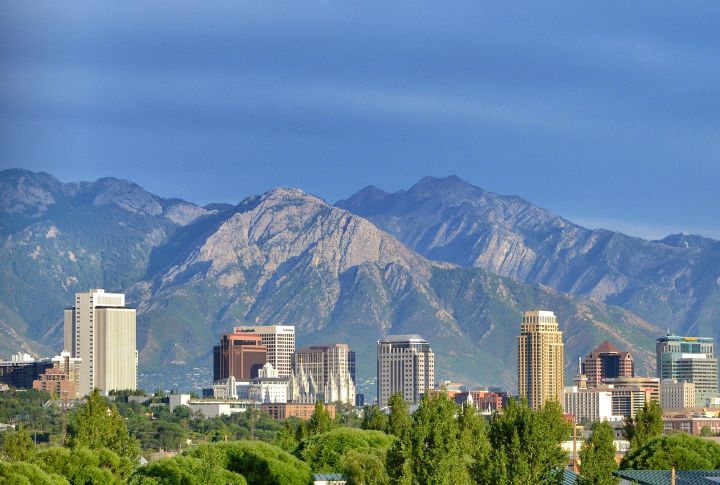
Embarking on a grand quest for a fresh start, the revolutionary Mormons discovered the Great Salt Lake Valley. Even though Young was briefly delayed by illness, he soon declared this rugged land the perfect new home for the Latter-day Saints. They turned this wild frontier into bustling Salt Lake City.
Deseret
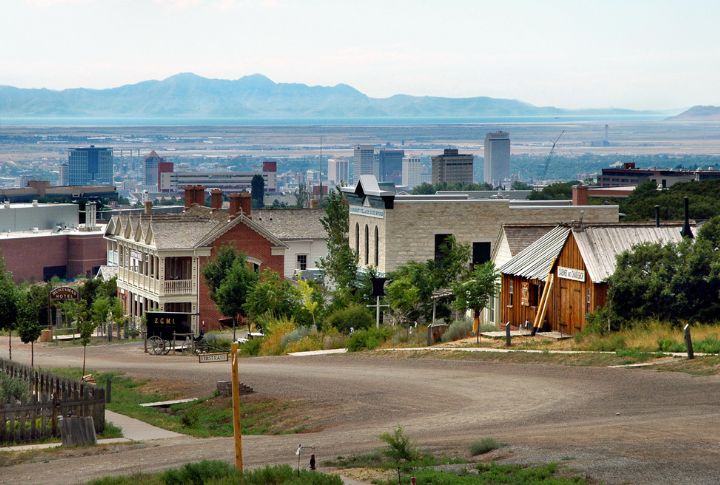
Mormon pioneers ventured west from Illinois and stumbled upon a barren land beyond U.S. borders. They named it “Deseret,” meaning “honeybee,” symbolizing hard work and unity. Although the U.S. later claimed the area, the Mormons’ dream of a self-governing state was starting to take shape.
Polygamy

In the mid-nineteenth century, Mormons stirred up a buzz with their practice of polygamy, which became publicly known. Joseph Smith introduced plural marriage, which led to significant clashes with the U.S. government. Even after the practice officially ended, polygamy remains a memorable and controversial chapter in Mormon history.
The Utah War

A dramatic standoff unfolded between Mormon settlers and the U.S. government. Brigham Young’s martial law and guerrilla tactics slowed federal troops, while tensions peaked with the Mountain Meadows Massacre. Ultimately, peace was achieved with a new governor, highlighting the Mormons’ resilience and defiant spirit during this turbulent chapter.
Mountain Meadows Massacre

The Baker-Fancher wagon train, en route to California, faced a tragic ambush by the Nauvoo Legion, a Mormon militia in Utah. Disguised as Native Americans and waving a white flag, the attackers deceived the travelers into a fatal trap. The brutal attack led to the deaths of over a hundred people.
Handcart Pioneers
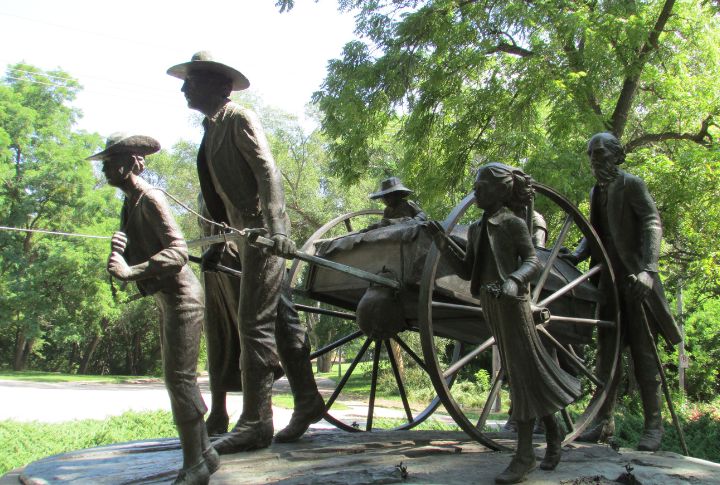
Mormon pioneers braved the journey to Utah using handcarts. Their tales are filled with faith and miracles—such as divine guidance that renewed strength, prophetic dreams warning of disease, and a sea biscuit miracle that fed a starving family. Their resilience made the trek unforgettable.
Missionary Work

Missionaries embarked on global adventures to spread their faith and convert thousands. These new converts undertook long journeys to Utah, and this sparked a steady population growth. They even built a Mission Training Center in Provo, Utah. Their dedication transformed a remote valley into a bustling hub.
Economic Development
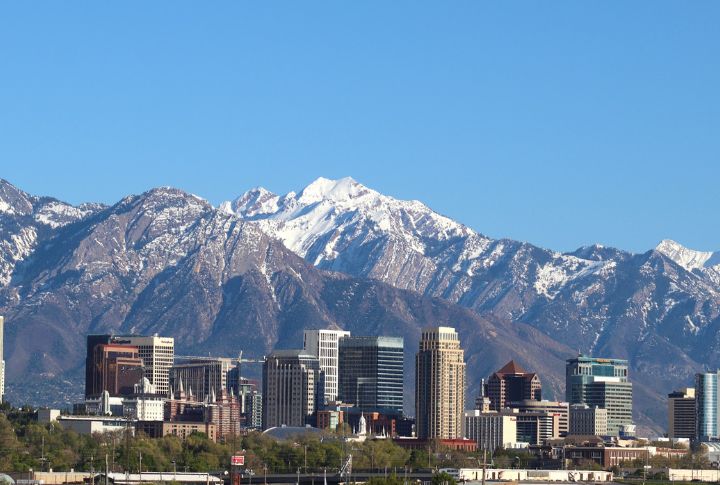
Pioneering settlers transformed arid land into fertile fields by mastering irrigation and dry farming. They created a self-sufficient community with mills, factories, and a regional trade system. Cooperative economics and robust public works transformed Utah into a thriving state, proof of its ingenuity and unity in economic development.
Statehood Struggle
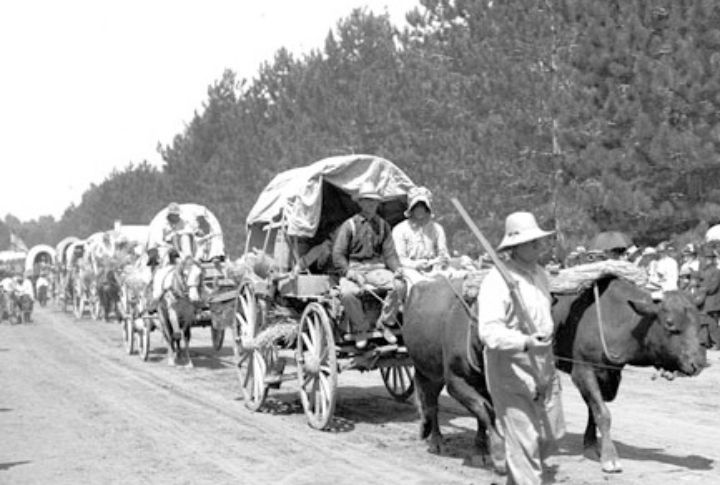
Utah’s path to statehood was a rollercoaster of bold moves and fiery debates. The Mormons’ early settlement, the drama of the Utah War, the polygamy controversy, and the eventual compromise make this saga rich with intrigue. Finally, after overcoming many hurdles, Utah joined the Union as the forty-fifth state.
The Mormon Battalion
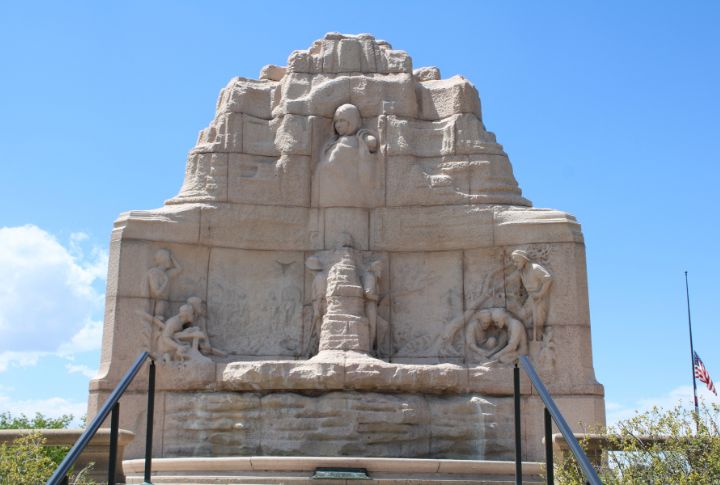
The Mormon Battalion’s journey is a tale of grit and determination. This unique unit marched miles from Iowa to California during the Mexican-American War. Despite harsh conditions and minimal combat, they built roads, forts, and a key wagon route. Their adventure shaped the American West and left a lasting legacy.
The Perpetual Emigrating Fund

The Perpetual Emigrating Fund provided loans for travel and supplies and allowed impoverished Mormon converts to migrate to Utah. Fueled by communal donations and church resources, this innovative initiative highlighted the strength of collective support in establishing new lives in the Salt Lake Valley.
The Salt Lake Temple
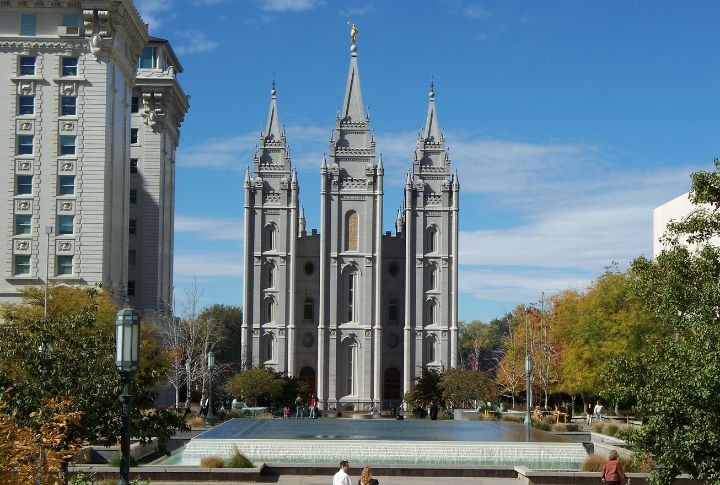
The Salt Lake Temple’s story showcases remarkable perseverance and architectural brilliance. This forty-year endeavor overcame harsh weather and limited resources to create a Gothic and Romanesque marvel. With six spires and the iconic Angel Moroni, it stands as a symbol of faith and dedication in the city.
The Deseret Alphabet
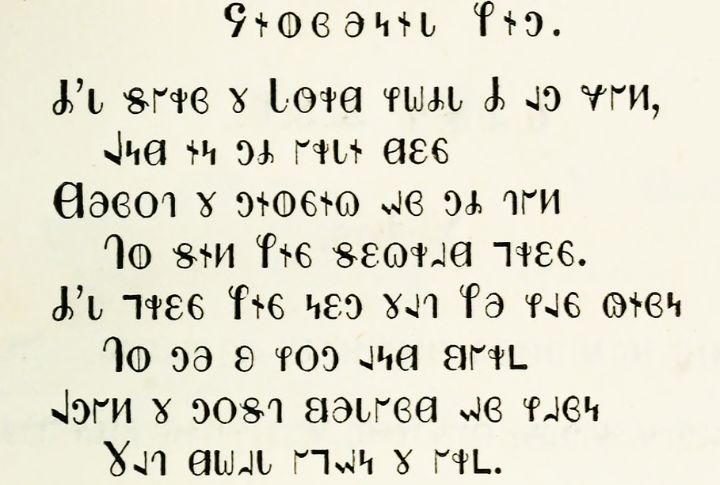
Developed by Brigham Young and the University of Deseret, it was designed to simplify English spelling with characters representing specific sounds. Its goal was to help immigrants learn English more quickly, but it never gained widespread use. Today, it remains a fascinating chapter in linguistic history studied by enthusiasts.
Modern Influence
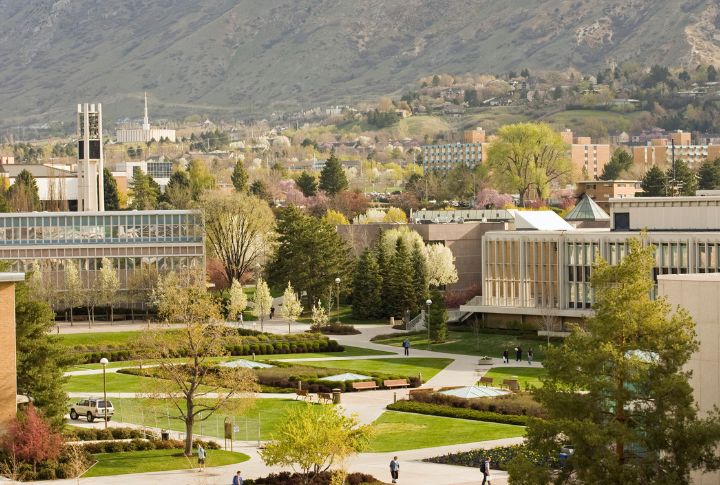
Mormon influence in Utah affects everything, including local holidays like Pioneer Day, politics, education, and the economy. The Church of Jesus Christ of Latter-day Saints operates major businesses, runs BYU, and supports community service programs, and this left an indelible mark on Utah’s identity.

